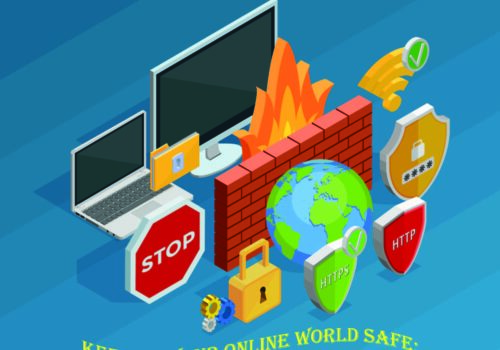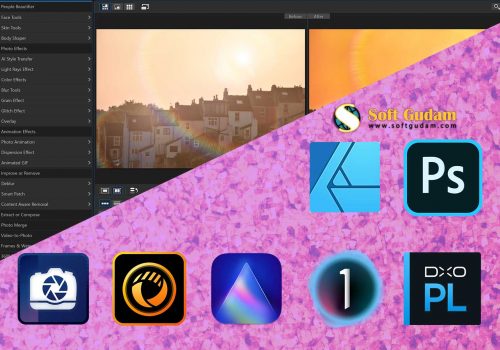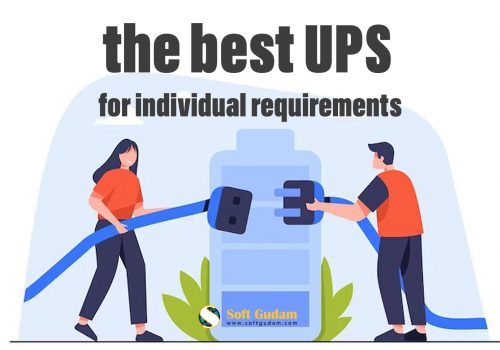Tech Innovations in Education: Transforming How We Learn
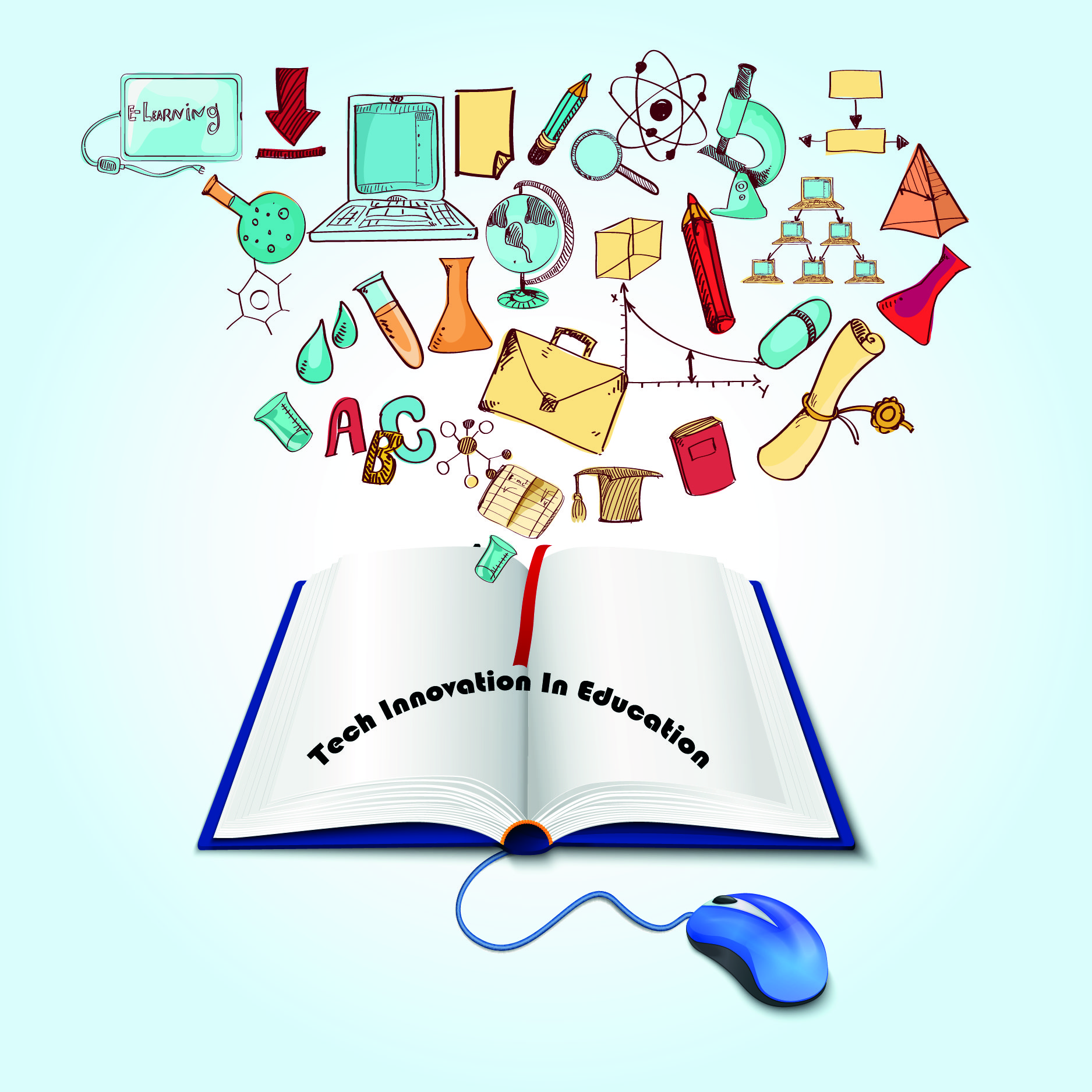
In recent times, the education sector has experienced a profound metamorphosis fueled by rapid-fire technological advancements. Traditional classrooms are evolving into dynamic literacy surroundings, thanks to innovative tech innovations. From digital classrooms to adaptive literacy systems, technology is revolutionizing the way scholars learn and preceptors educate. In this composition, we claw into the impact of tech inventions on the literacy geography and how they’re reshaping education as we know it.
- Education Technology:
Education technology, frequently appertained to as EdTech, encompasses a wide range of digital tools and platforms designed to enhance literacy gests. These technologies include interactive whiteboards, educational apps, and multimedia coffers. By integrating technology into classrooms, preceptors can feed to different literacy styles, promote engagement, and foster collaboration among scholars. - Learning Landscape:
The traditional literacy geography is evolving to accommodate the requirements of the digital age. Physical handbooks are being replaced by e-books, while chalkboards are being shifted for interactive whiteboards. Also, online literacy platforms are furnishing scholars with access to educational coffers anytime, anywhere, making learning more flexible and accessible. - Tech Inventions:
Innovative tech results such as virtual reality (VR) and augmented reality (AR) are revolutionizing the way subjects are tutored. VR simulations allow scholars to explore literal spots, anatomize virtual organisms, and engage in immersive literacy gests. Also, AR overlays digital content onto the real world, enhancing understanding and retention of complex generalities. - Digital Classrooms:
Digital classrooms equipped with smartboards, tablets, and high-speed internet connections are getting decreasingly common. These classrooms enable interactive literacy gests, where scholars can share in pates, quizzes, and cooperative systems in real-time. Also, digital classrooms grease substantiated learning pathways acclimatized to individual pupil needs. - Online Learning Platforms:
The rise of online literacy platforms has normalized education by breaking down geographical walls. Scholars can enroll in courses offered by top universities and institutions worldwide, allowing for lesser access to quality education. These platforms offer a different range of subjects, from computer wisdom to liberal trades, feeding to learners of all interests and backgrounds. - Interactive Literacy Tools:
Interactive literacy tools such as educational games and simulations make learning engaging and pleasurable. Gamification rudiments, such as colophons and leaderboards, motivate scholars to laboriously share and strive for mastery. Also, simulations allow scholars to trial with real-world scripts in a threat-free terrain, enhancing critical thinking and problem-working chops. - Adaptive Learning Systems:
Adaptive literacy systems influence artificial intelligence (AI) to epitomize learning gests grounded on individual pupil performance and preferences. These systems dissect data on scholars’ strengths and sins to deliver acclimatized content and interventions. By conforming to each pupil’s unique literacy pace and style, adaptive literacy systems optimize learning issues and promote academic success. - Virtual Reality in Education:
Virtual reality technology immerses scholars in virtual surroundings that pretend real-world scripts. Whether exploring the face of Mars or traveling ancient societies, VR transports scholars beyond the confines of the classroom, enhancing their understanding of complex generalities. Also, VR simulations give hands-on learning gests that are else inapproachable, fostering curiosity and disquisition. - Augmented Reality in Learning:
Augmented reality overlays digital content onto the physical world, perfecting literacy gests in colorful subjects. For illustration, AR operations can superimpose 3D models of anatomical structures during biology assignments or give literal environment by overlaying information about milestones during field passages. By enhancing perception and appreciation, AR enhances learning engagement and retention. - Artificial Intelligence in Teaching:
Artificial intelligence is revolutionizing tutoring practices by automating executive tasks, bodying literacy gests, and furnishing data-driven perceptivity. AI-powered chatbots can answer scholars’ questions in real-time, while intelligent training systems offer targeted feedback and recommendations. Likewise, AI analytics help preceptors identify at-threat scholars and intermediate proactively, fostering pupil success and retention.
In conclusion, tech inventions are transubstantiating the educational geography, making learning further engaging, accessible, and substantiated. From digital classrooms to AI-powered training systems, technology is revolutionizing the way scholars learn and preceptors educate. By embracing these inventions, we can produce a more dynamic and inclusive literacy terrain that empowers scholars to thrive in the digital age.
Related Tech

Best Portable Projector For 2021
Md Abdul Musaddek : Do you use the best portable projector why not? we use the best portable projector…

The Best Gaming Accessories For PC – 2021
Md Abdul Musaddek : Do you looking for the best gaming accessories in the market, but don't find your…
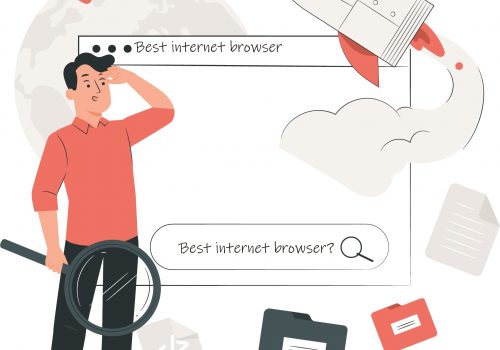
Best Internet Browser Review
Md Abdul Musaddek : The Internet has become an essential thing for today's world.Without internet our life becomes worse…
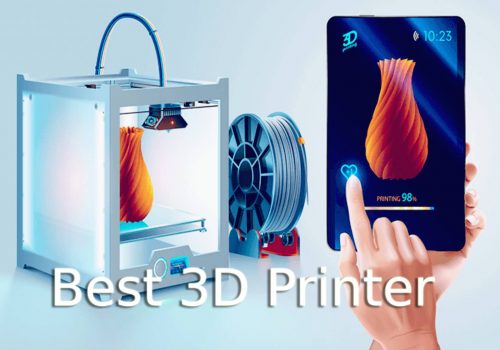
Best 3D Printer Review For 2021
Md Abdul Musaddek : Do you use the best 3D printer in your particular life? why not. It becomes…

